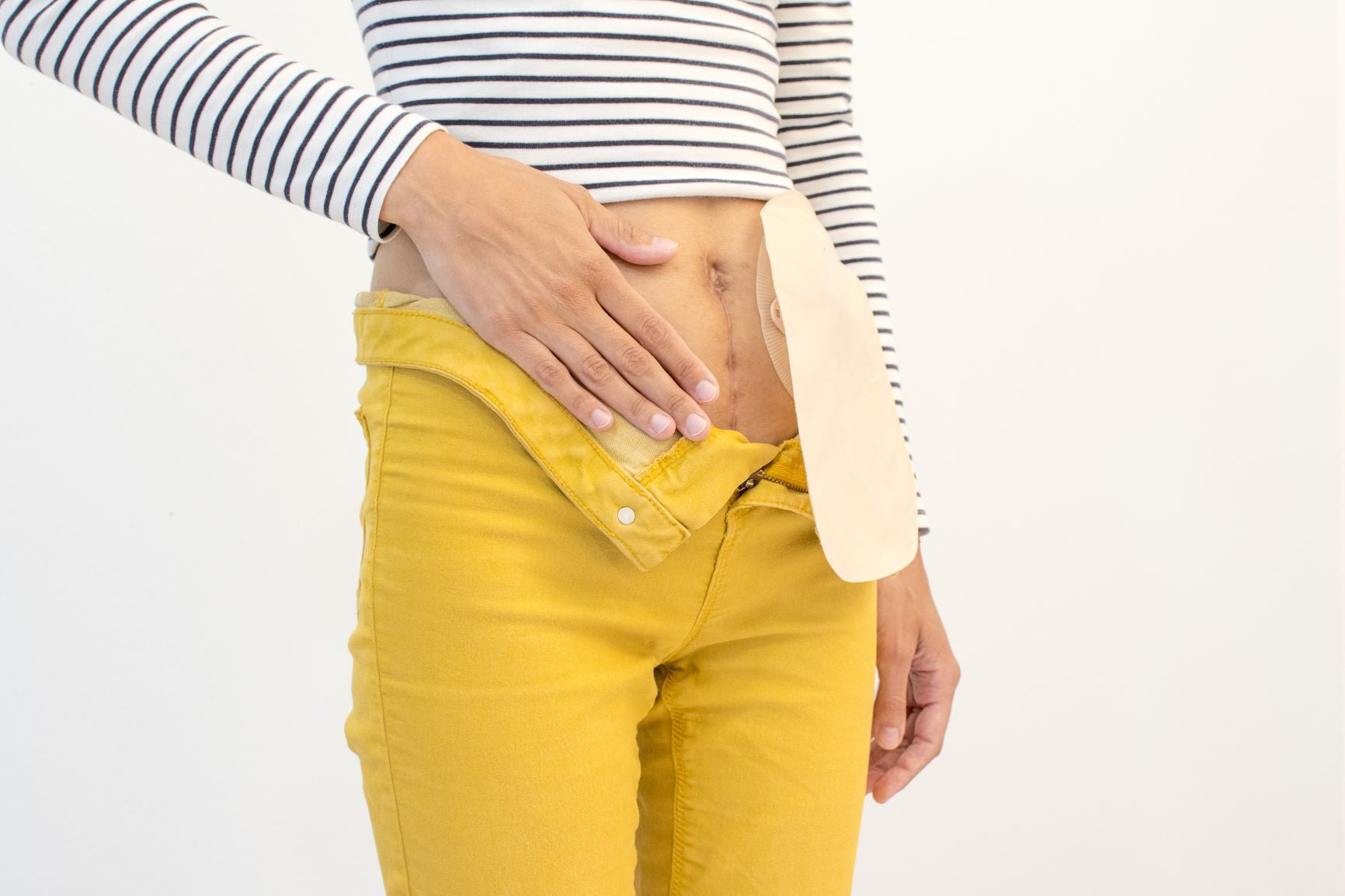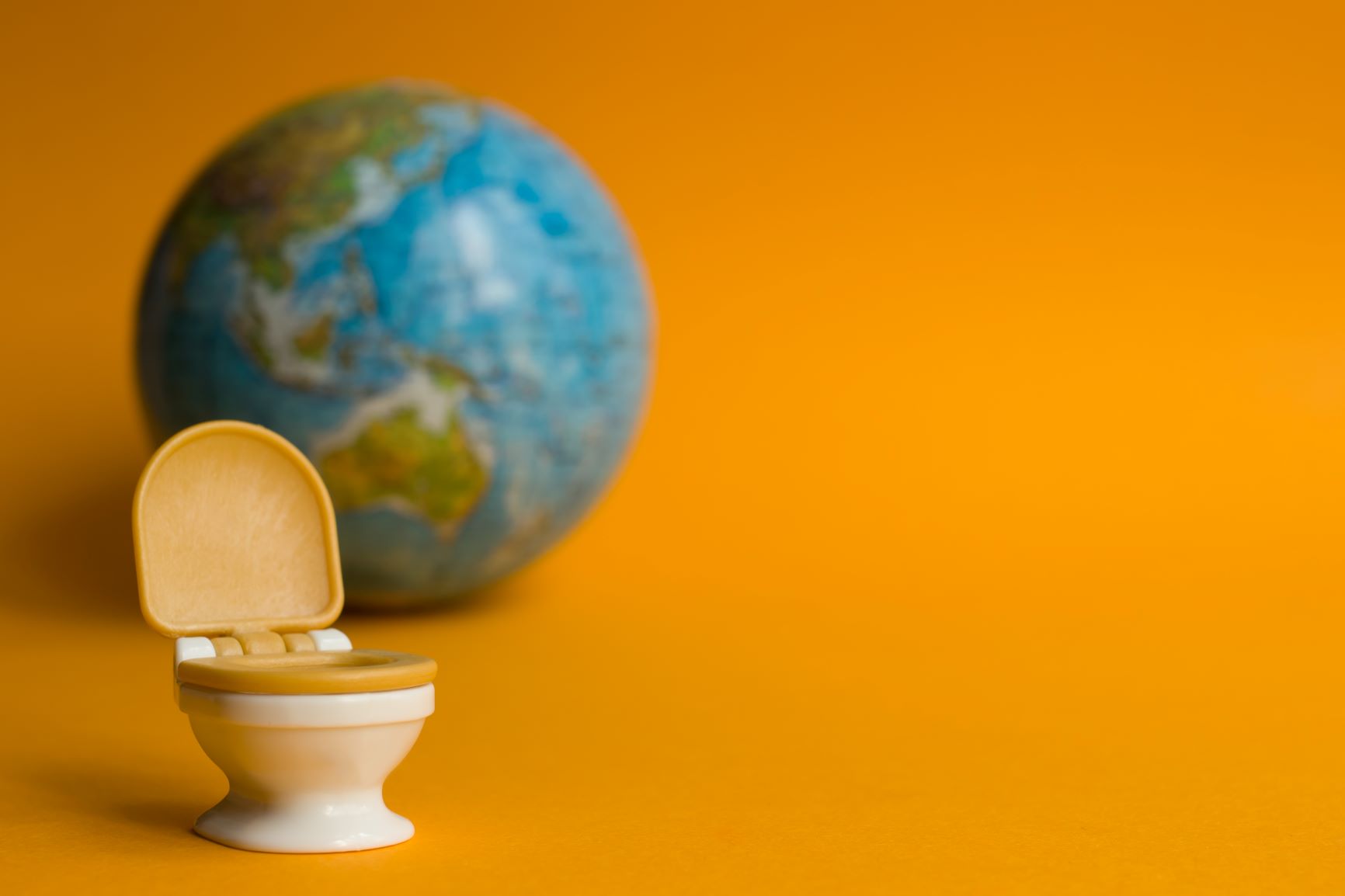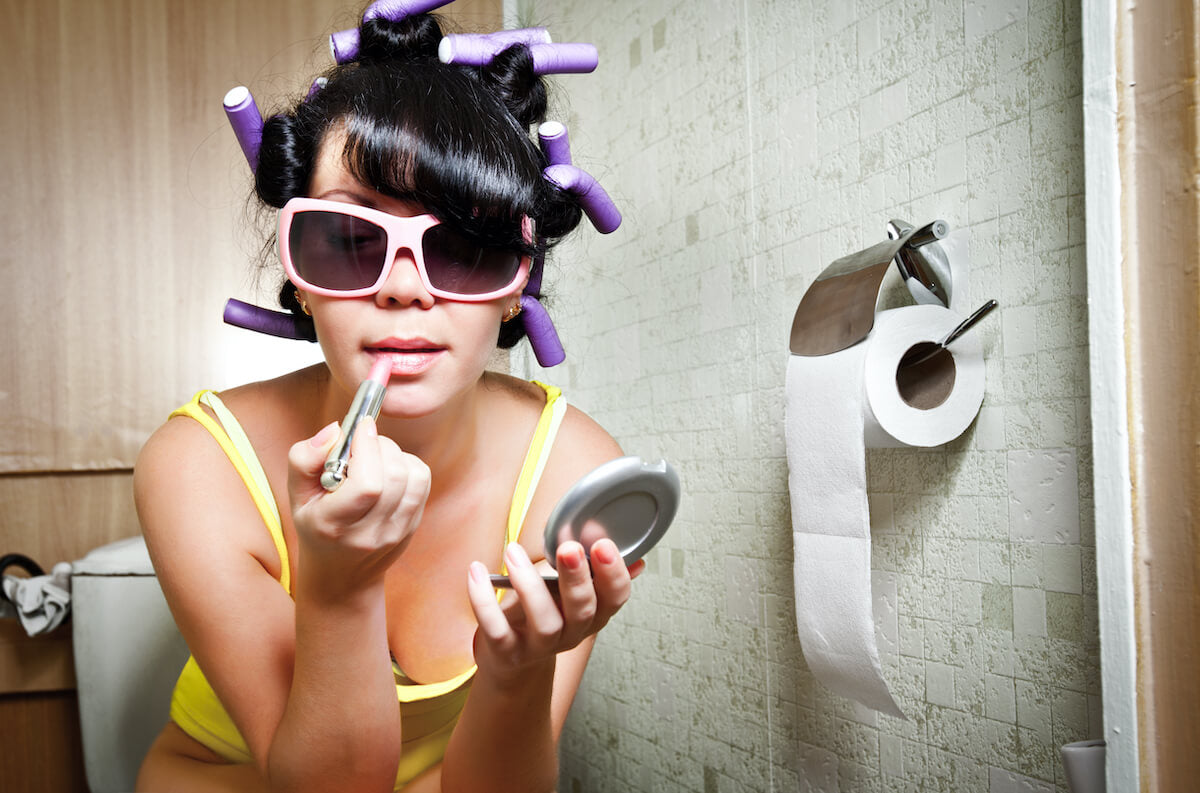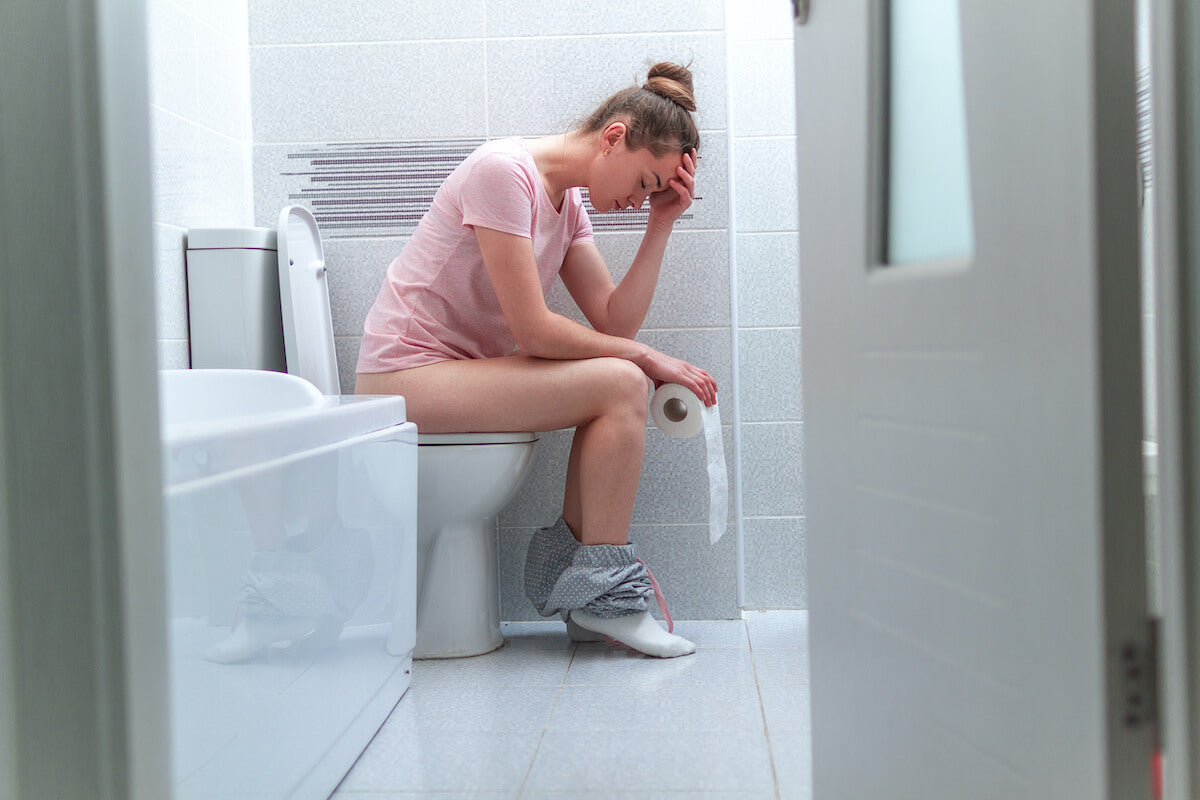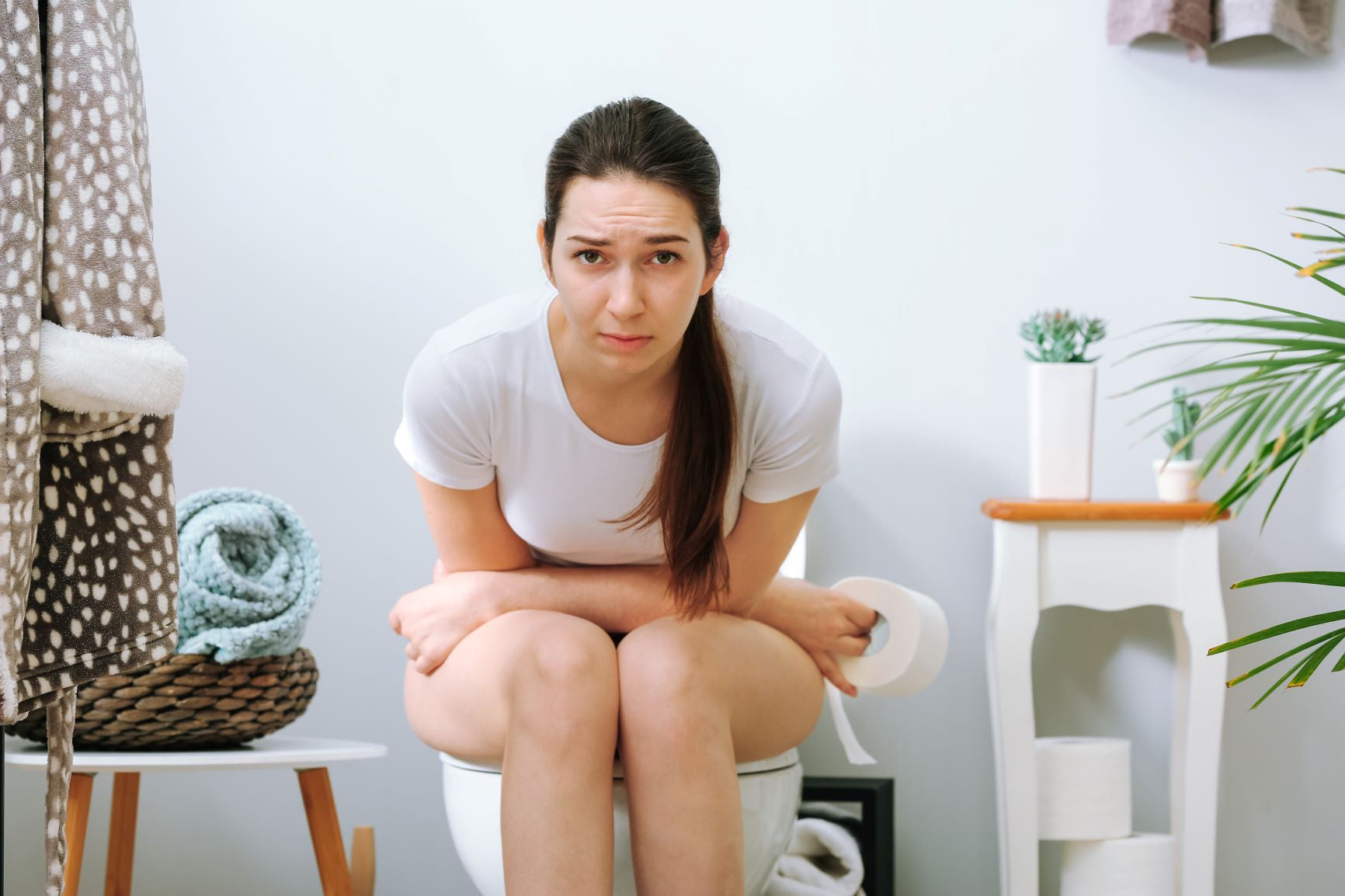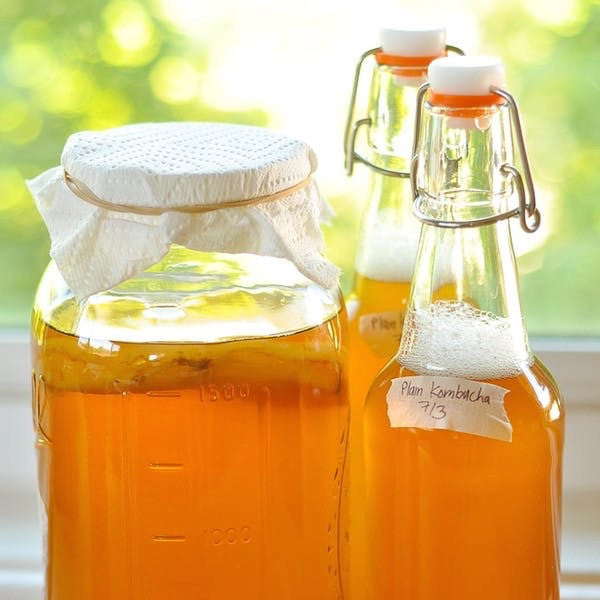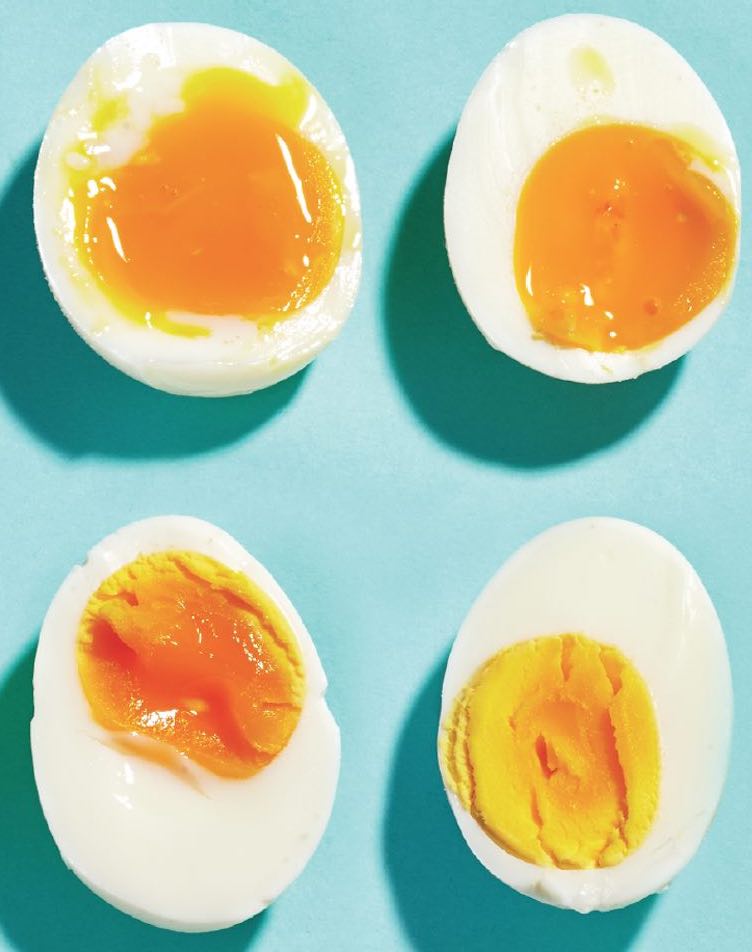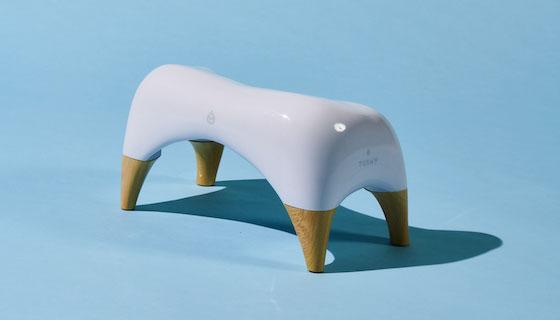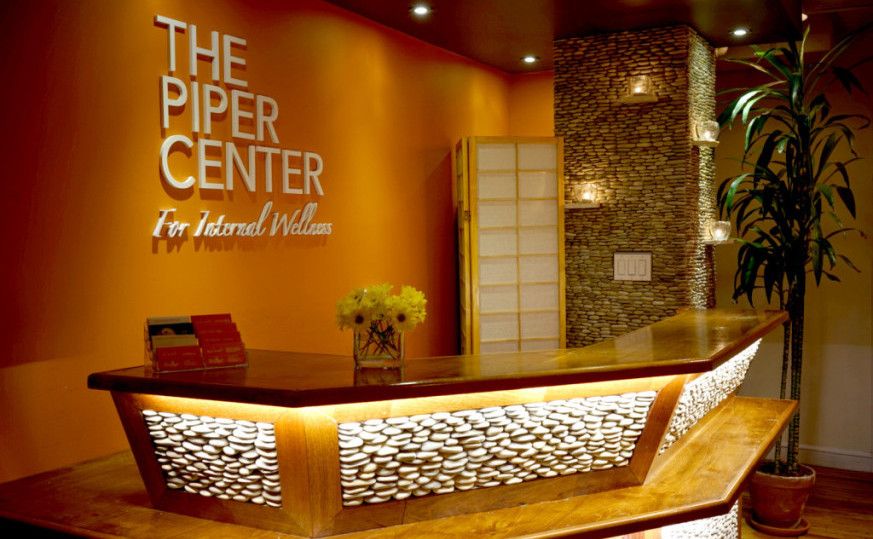You finally finished potty training and you thought screaming in the bathroom was over. Think again! You have new poo symptoms. Your preschooler is constipated. Avoiding poops. Soiled Frozen II undies are a daily event.
In the immortal words of Elsa, you’ve travelled Into The Unknown. Well, let’s get you back on solid pooping ground!
So what is the problem? And more importantly, how do you help your preschooler poop more peacefully?
What you’re facing is called encopresis (en-kah-PREE-sis). In this post, we’re talking about the basics of this common pooping problem, and how to know if your kiddo has it. We’ll also discuss how to get your child back to happy pooping fast. Let’s clean up this mess!
What is Encopresis
Encopresis is a fancy term for pooping the pants. Also called fecal incontinence or soiling, this poopin’ problem is common among kids after toilet training. And the main symptom? Well, it’s simply accidentally pooping on your clothes. RIP your kid’s Avengers briefs! Our hearts and minds are with all those who are affected. <3
But bathroom battles need not become an Infinity War. Encopresis is not a disease. It’s a symptom, and this symptom is treatable. Stay calm and keep reading.
What Causes Encopresis?
Some parents assume that the dirty drawers mean their kid is misbehaving or lazy. Nope! Encopresis generally starts with some run-of-the-mill constipation, but it gets out of hand fast. Here’s how:
Constipation
Enemy Number One in the encopresis battle is constipation, which can set off a Rube Goldberg-level chain reaction in kids.
When constipated, a kid’s poop is hard and dry; it becomes difficult or even painful to pass. As a result, the kid will sometimes avoid pooping to avoid the pain they experience when they drop a bathroom burrito.
We applaud the resourcefulness of the “no pooping” solution! Unfortunately, it causes another problem. When a kid holds in their poos, the BM starts building up in the rectum. It may back up into the colon. We’re now at the beginning of a frustrating cycle.
The colon’s main gig is removing water from poop before it hits the toilet bowl. The longer the poop hangs out in the colon, the more water the colon removes. Eventually, the kinda dry constipation poop becomes Space Ice Cream-level dehydrated. Worse, the drier the poop gets, the harder it is to push out.
From here, we have a bowling ball in the butt sort of situation. The large, dry stool build-up parks in the butt and stretches out the kid’s colon. Eventually, the nerve endings that tell the baby kid’s brain when it’s time to poop… well, those nerves get so stimulated that they stop sending the “you gotta poop” signal.
Meanwhile, the rectum and lower colon get so full that the body can’t hold poop in anymore. Partial BMs may slide out, or softer poop can leak around the sides of the hard poop. And since the kid’s nerves aren’t reporting their butt action anymore, they don’t even know the pooping is happening. They can’t regulate their own poop!
This is a vicious constipation cycle!
Other causes
It’s much less common, but there are occasions where encopresis begins with emotional stress. If they had premature, difficult or conflict-filled toilet training? That may be causing them to avoid the bathroom. Similarly, changes in a child’s life like starting school or schedule changes can change their healthy pooping patterns. Emotional stressors like a divorce or a new sibling can also cause pooping problems.
In the case of emotional stress, the child is causing constipation by not pooping as usual. They send their healthy poops back into their colon, where the poop becomes too dry to pass. Now, we’re back in the frustrating cycle described above. Truly, a bummer.
Risk Factors Associated with Encopresis
Encopresis commonly happens with kids who have already learned to use the toilet. Who knew that the BM drama of potty training would continue! If you’ve ever negotiated with an afraid-to-poop threenager, you may not be surprised.
You’ll see encopresis more in preschool boys than girls. Other risk factors include using meds that cause constipation (e.g. cough suppressants), ADHD, Autism, anxiety and/or depression.
Symptoms
Encopresis is a leaky, messy situation that some parents confuse with diarrhea. Alas, your preschooler may have encopresis if they’re exhibiting any of these signs:
- Poop leaking onto underwear (again, can sometimes be confused with diarrhea)
- Constipation with very dry, hard stools
- Passage of toilet snakes, a.k.a. large stools that clog or almost clog the toilet -- if you’re asking “how did that come out of my little kid?”, that’s a sign
- Your child avoiding bowel movements
- Infrequent poops -- if a lot of time passes between passes, take note
- Low appetite
- Tummy pain
- Problems with bedwetting or daytime wetting (also called enuresis)
- Recurring bladder infections, more typical in girls (tbh foreshadowing for future bladder issues in girls)
Diagnosis
Your child’s doctor is equipped with a handful of diagnosis tools for this sh*tty problem. They may conduct a physical exam, where they discuss symptoms, BM frequency, and eating habits to rule out physical causes for constipation and soiling.
Your child may also undergo a rectal exam, where the doctor inserts a lubricated, gloved finger into your child’s booty while pressing on his or her tummy with the other hand.
Another diagnosis option is an X-ray to confirm the presence of the impacted stool, a.k.a. that bowling ball poo. Or the doctor may recommend a psychological evaluation to discern whether emotional issues are at play.
How to Treat Encopresis
Encopresis can be frustrating for parents and embarrassing for kids. But you already have all the tools you need to overcome this poopy pants situation. We’re talking the unbeatable combo of patience and positive reinforcement. Well, and some constipation relief.
The earlier you begin treatment for encopresis, the better. First step is giving the colon a good clearing of the bowling ball poo. For this, your child’s doctor may suggest laxatives, suppositories or an enema. From there, you’re moving into prevention, which involves encouraging healthy and regular poos.
The Importance of Diet & Exercise to Help with Encopresis
What do they say? An ounce of prevention is worth a pound of impacted poo. Or… something like that. Towards that end, it’s your job to keep BMs healthy and regular with all the go-to constipation busting tricks.
A Fiber-Rich Diet
A balanced diet is like reading. Fundamental. And unlike reading, it’s pretty easy for a 4-year-old. Feed your kiddo plenty of fruits, veggies, grains and other high-fiber foods. This is integral to forming soft stools. And don’t forget to encourage them to down plenty of water!
Encouraging Exercise
Exercise is constipation-busting 101. Moving the body helps lower the time it takes food to move through the digestive system. By shortening the amount of time in the colon, you limit the amount of water the body can absorb from the poo.
Prevention
Toilet Training Tips
Keeping things regular is the name of the game. Set a toilet time, where your child sits on the toilet for 5 to 10 minutes at regular times every day. Aim for post-meal hours since the bowels are more active after eating. Give your kid praise for sitting on the toilet and trying.
And be patient! It may take months to resume “normal” bowel sensation and function. In the mean time, stay positive. Don’t blame or punish your child if they have an accident. That could set off a stress reaction that amounts to a relapse! Instead, stay the course.
When to See A Doctor
If your kid has hard, painful poos or is soiling their underwear? It’s time to talk with your doctor.


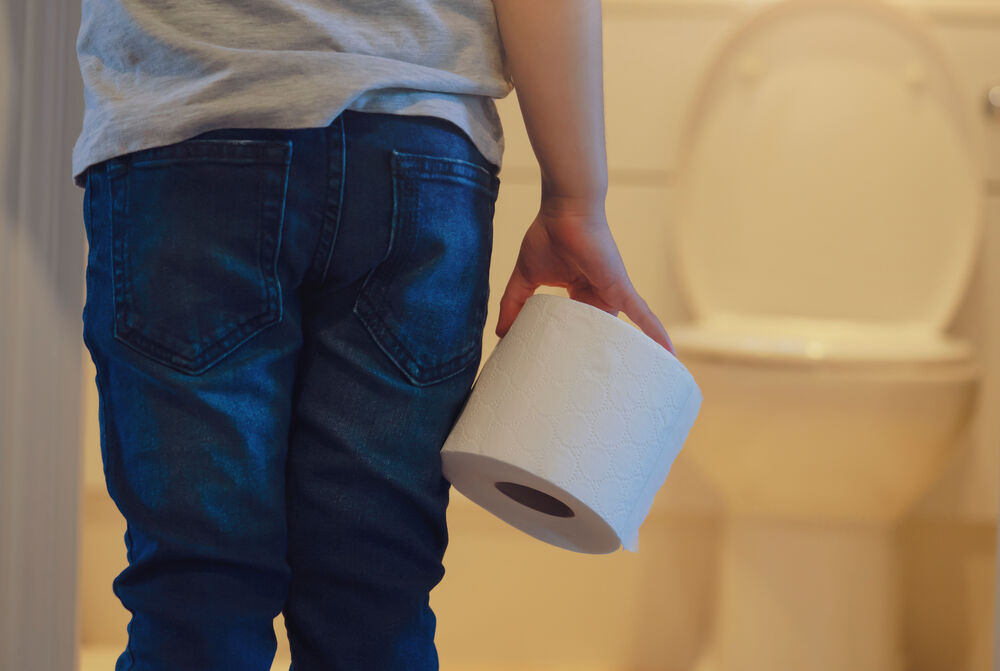

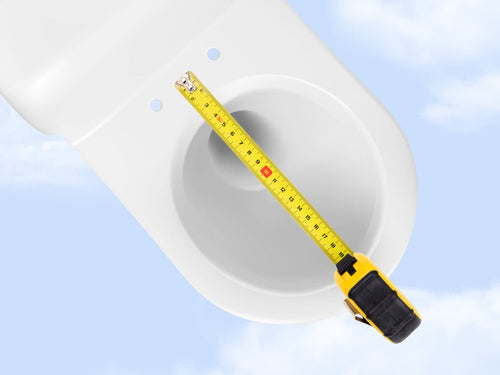




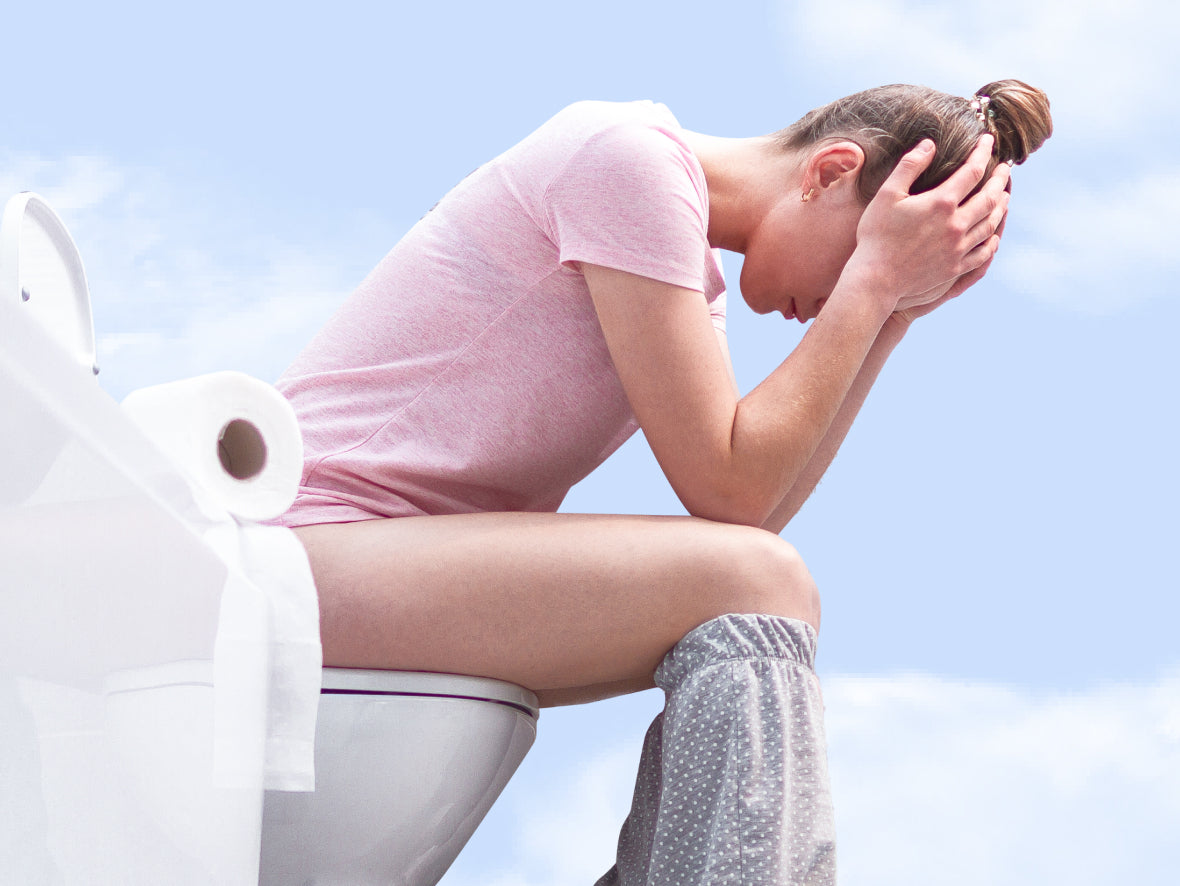
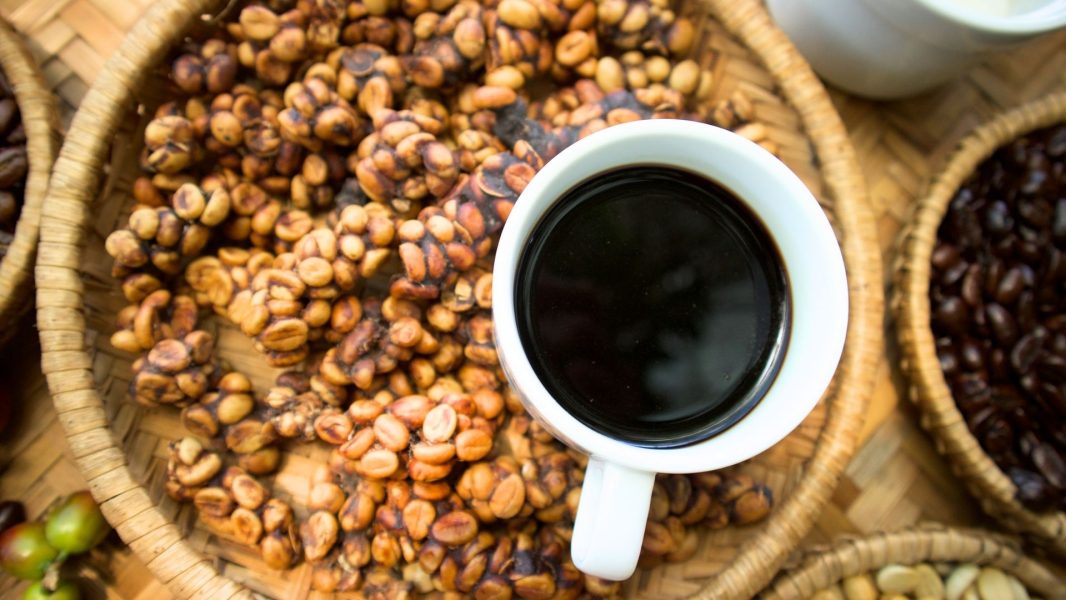
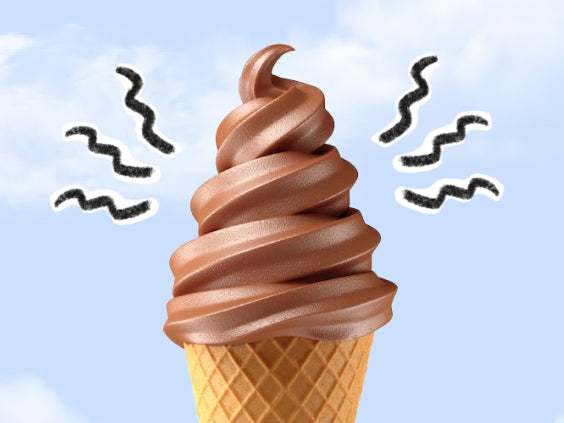

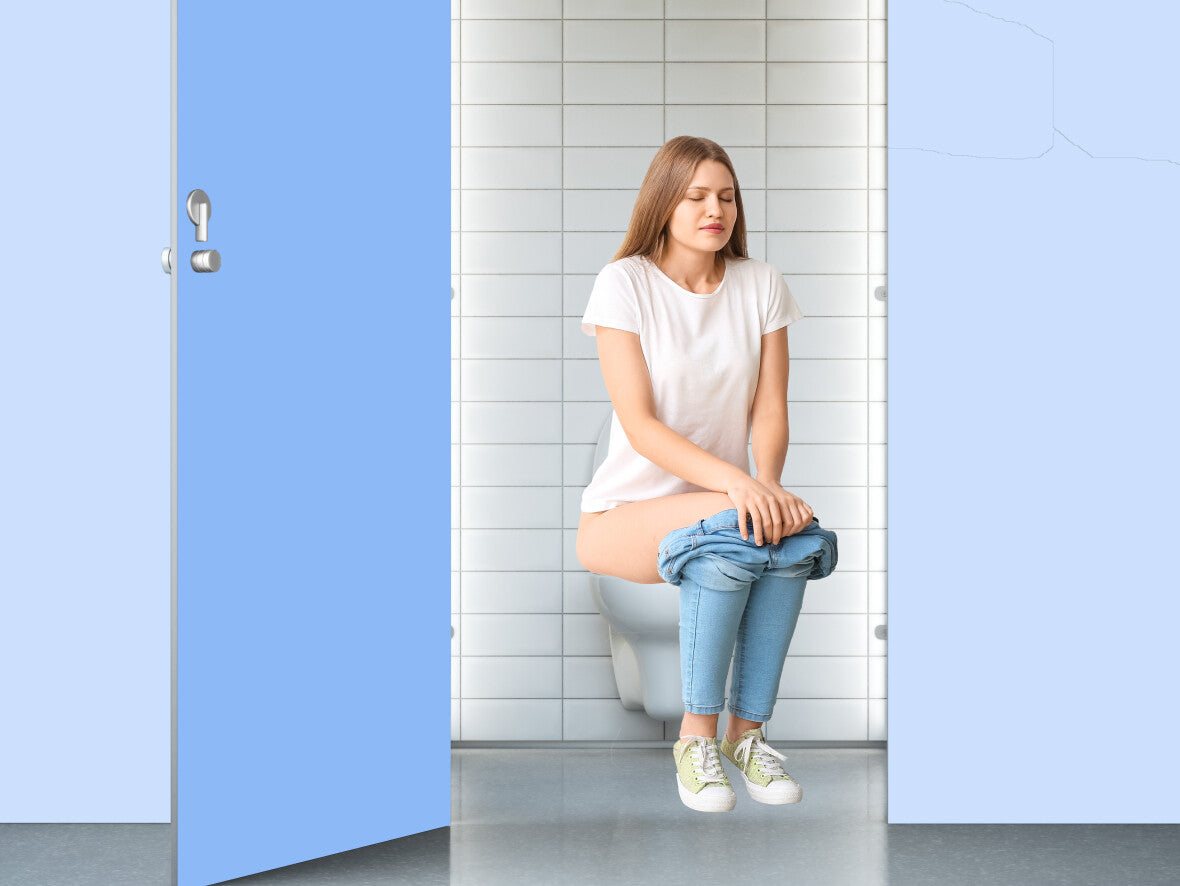
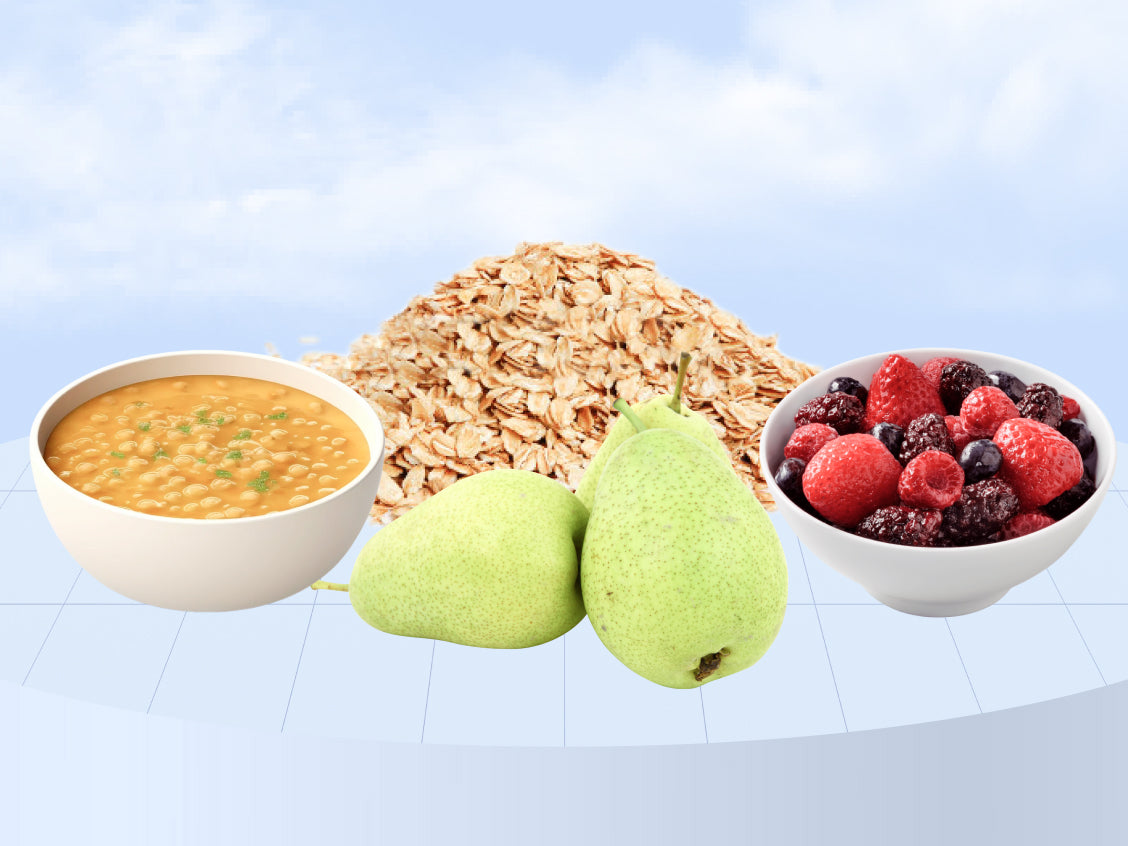
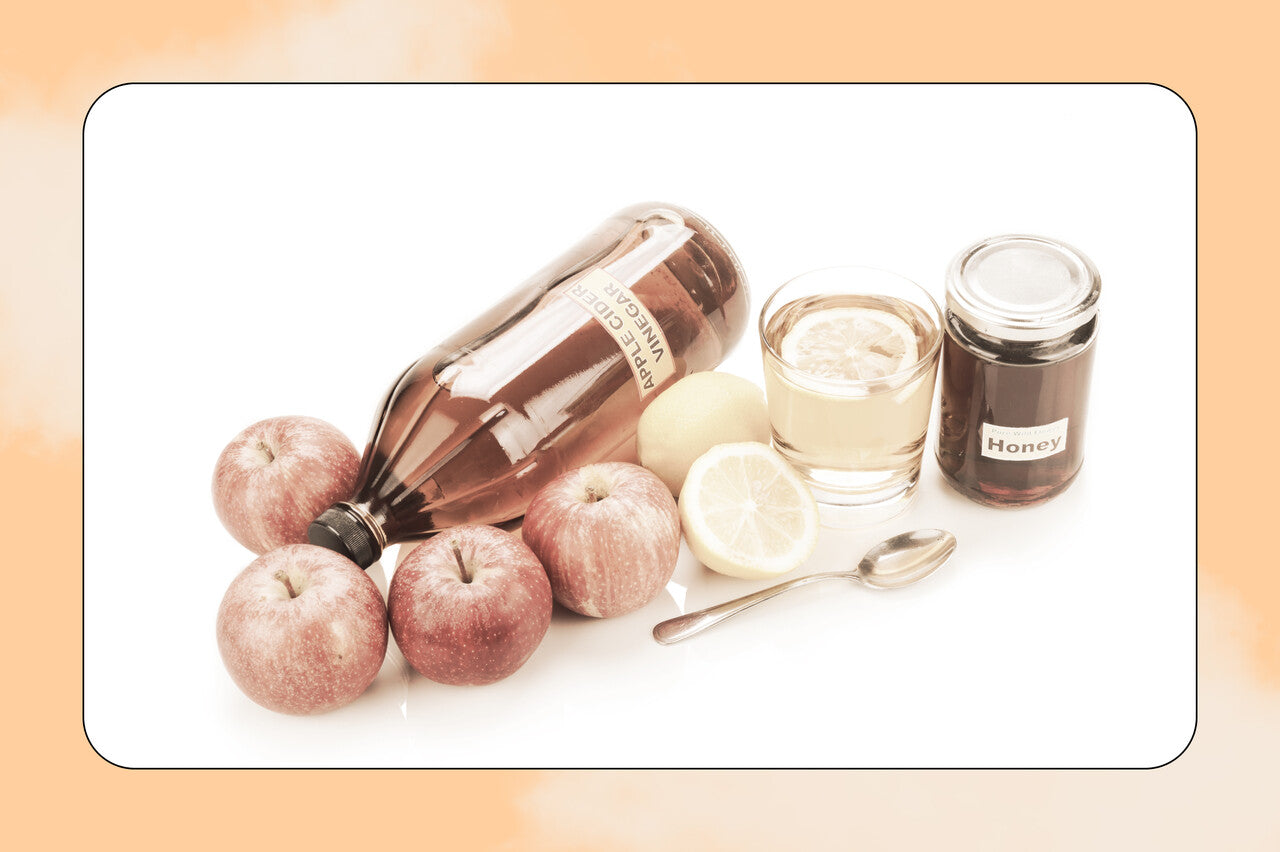
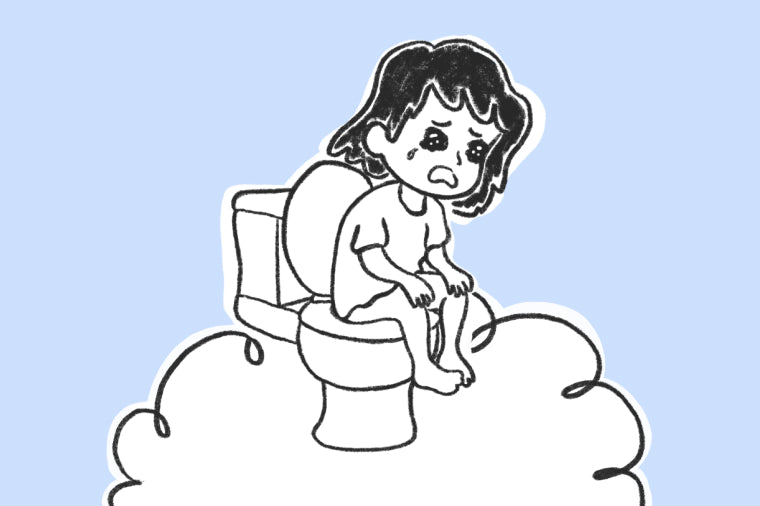

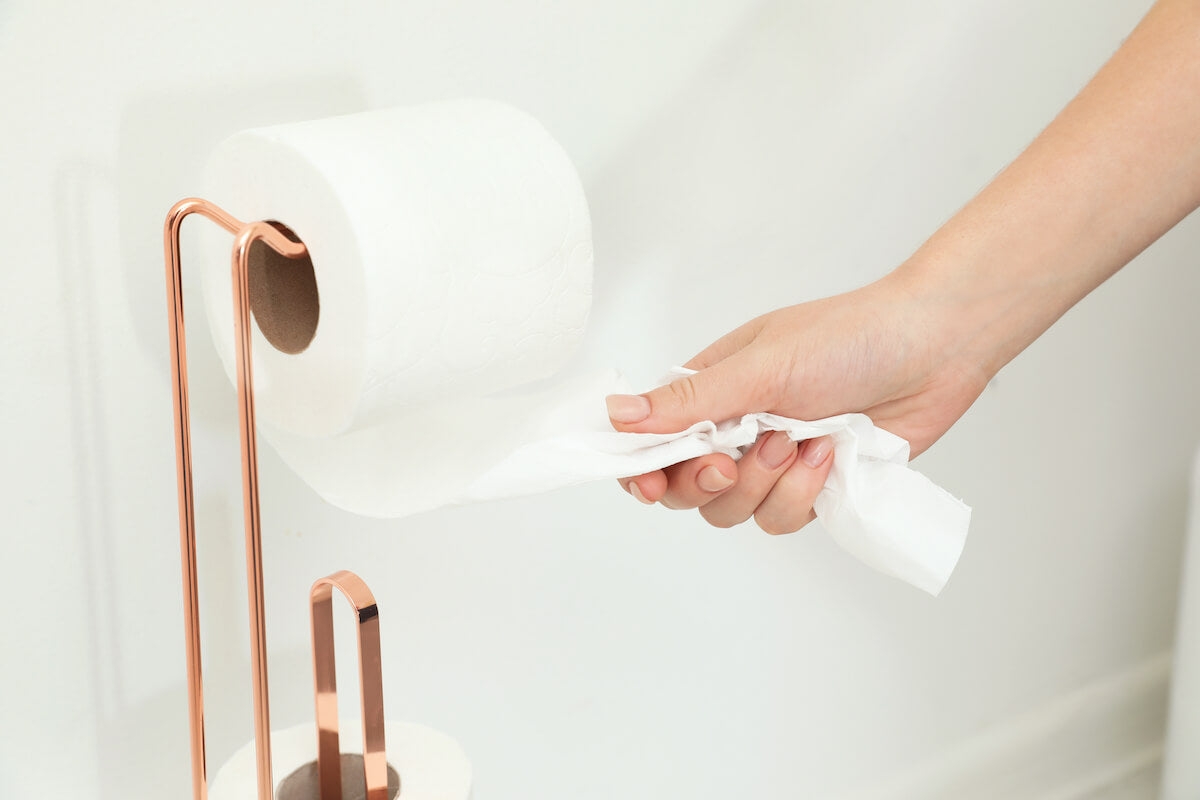
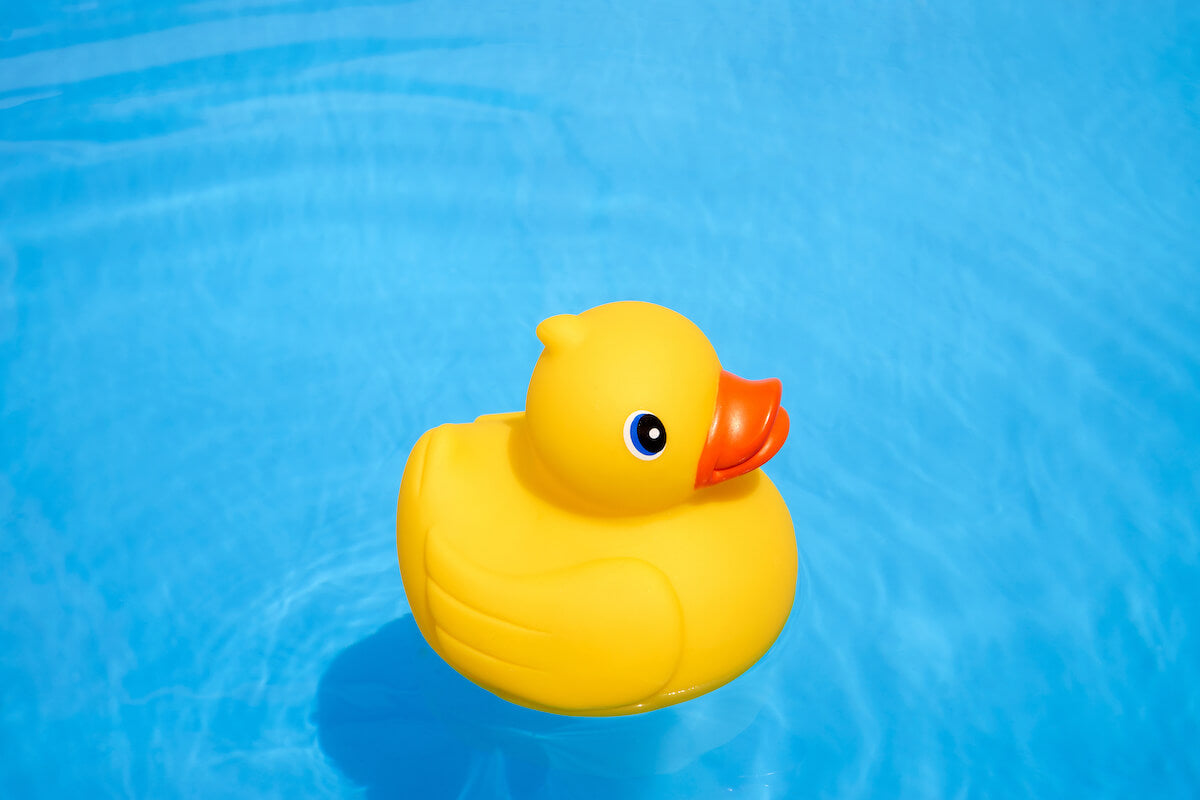

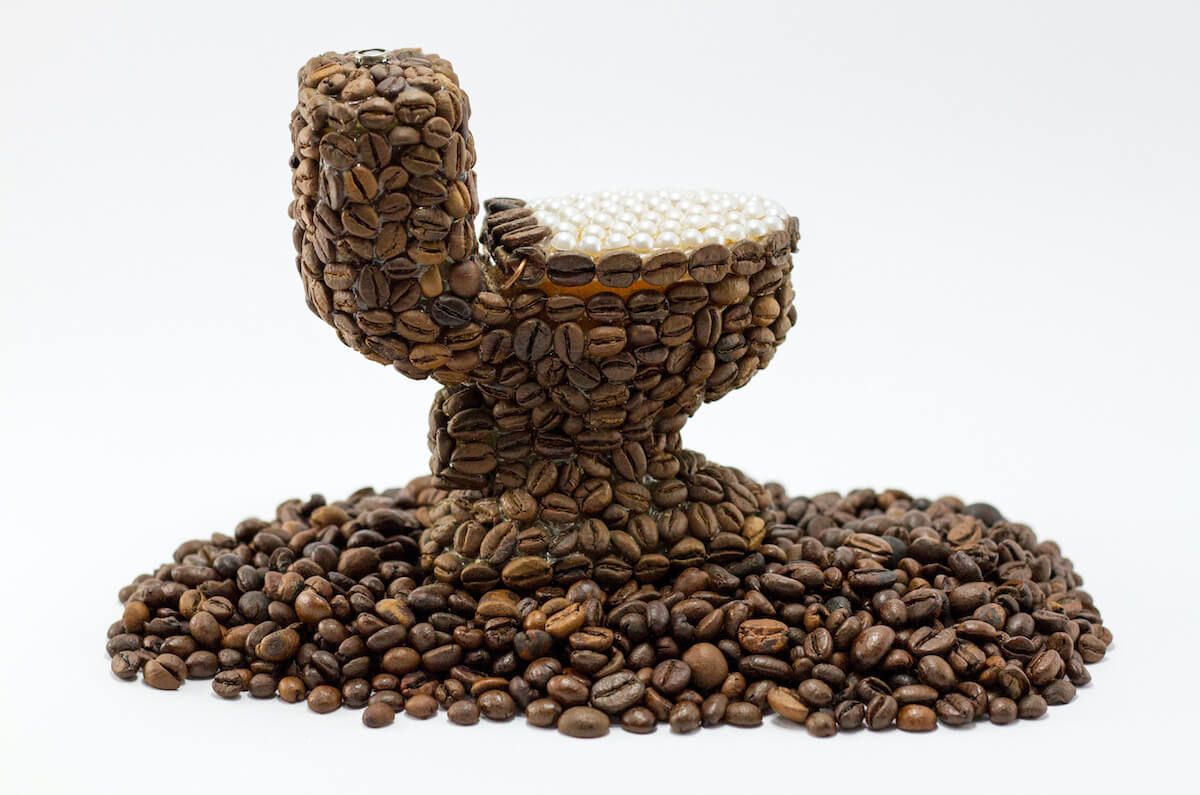

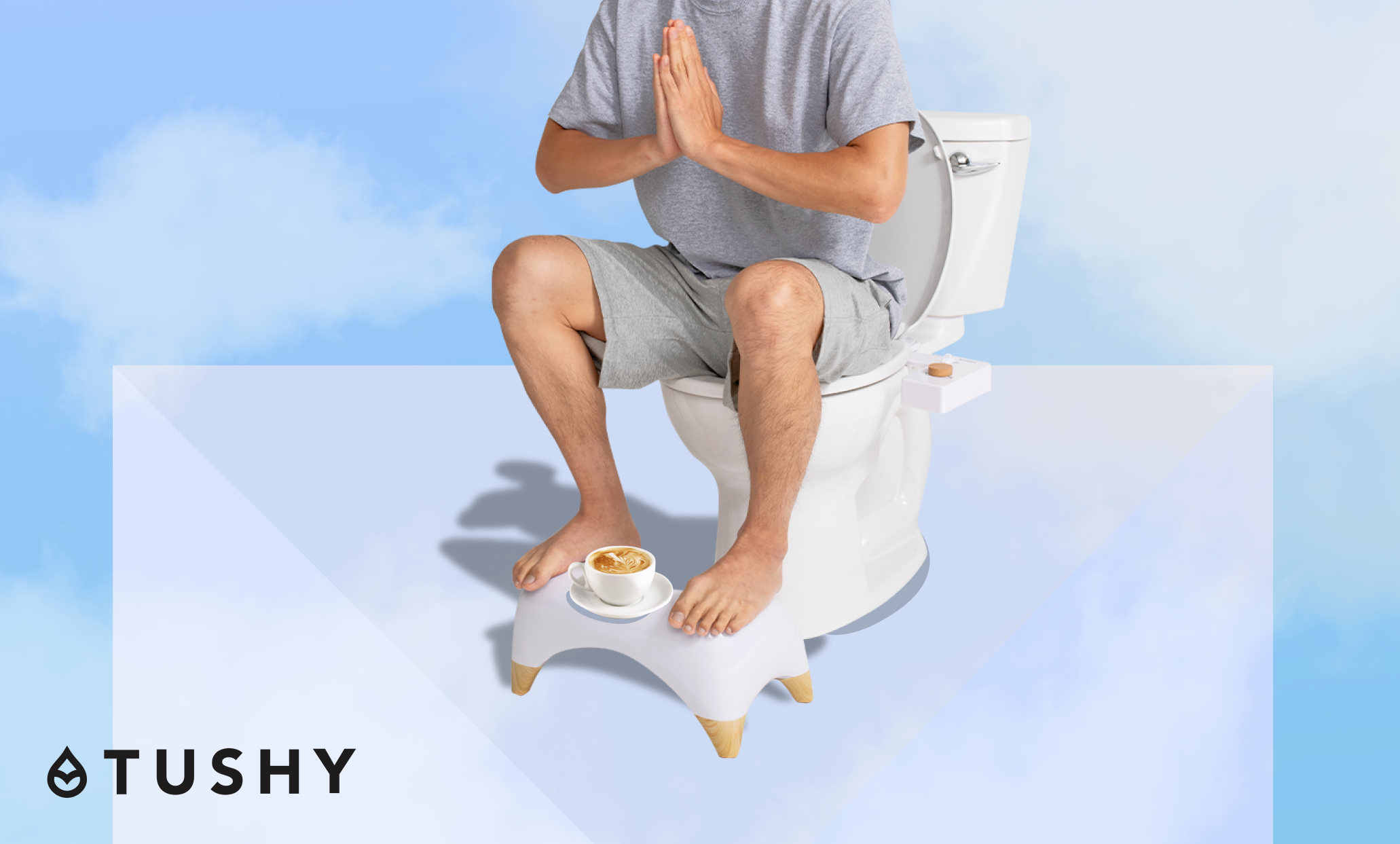
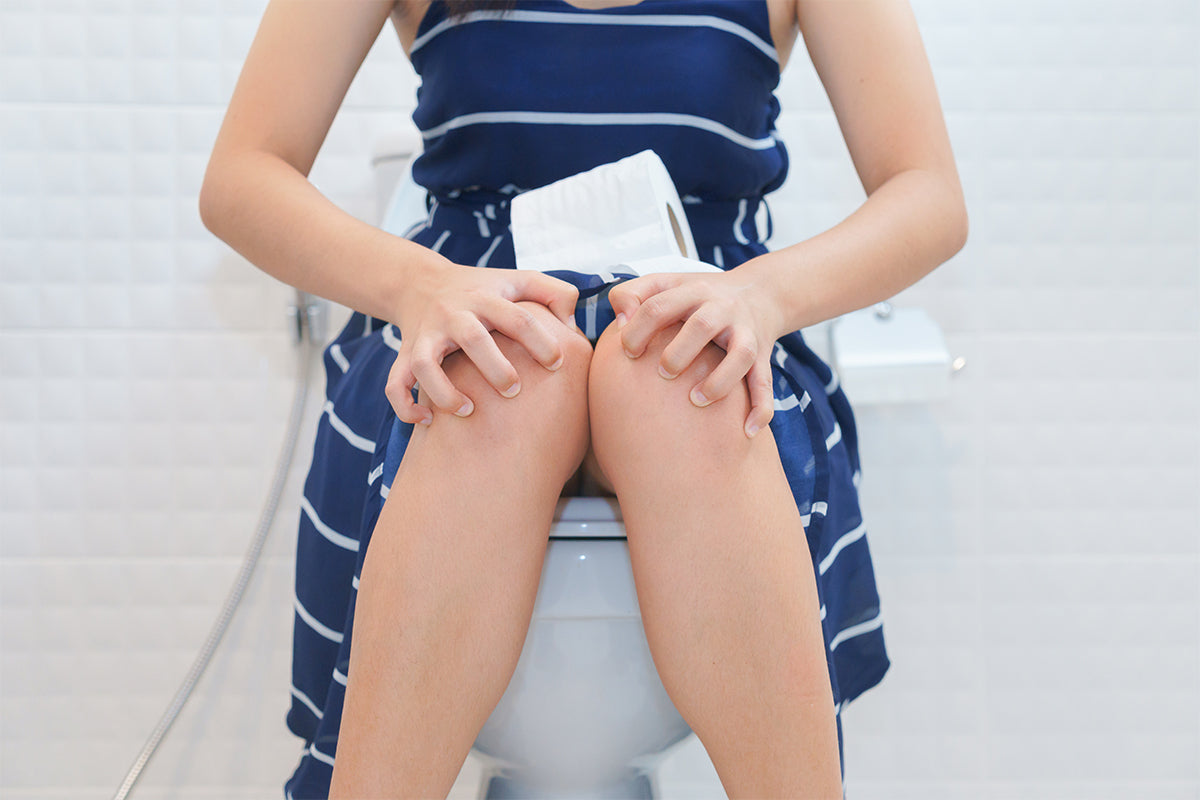


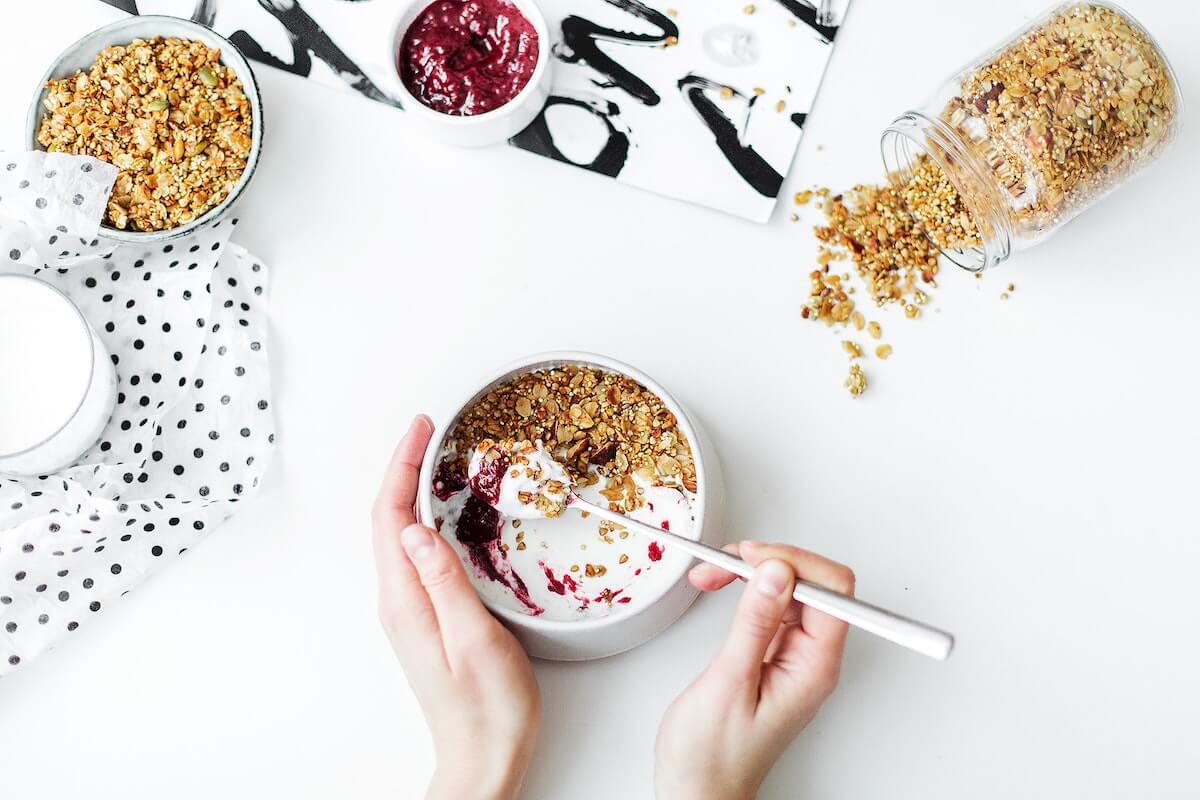

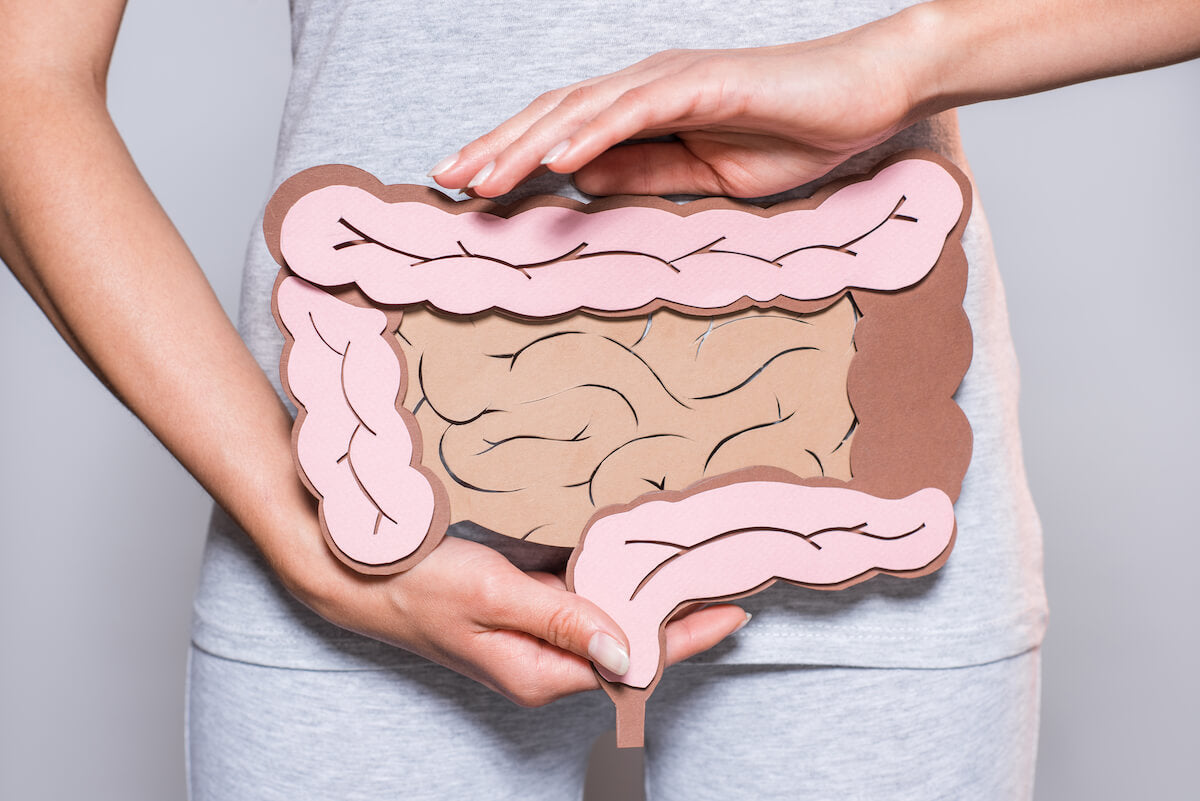
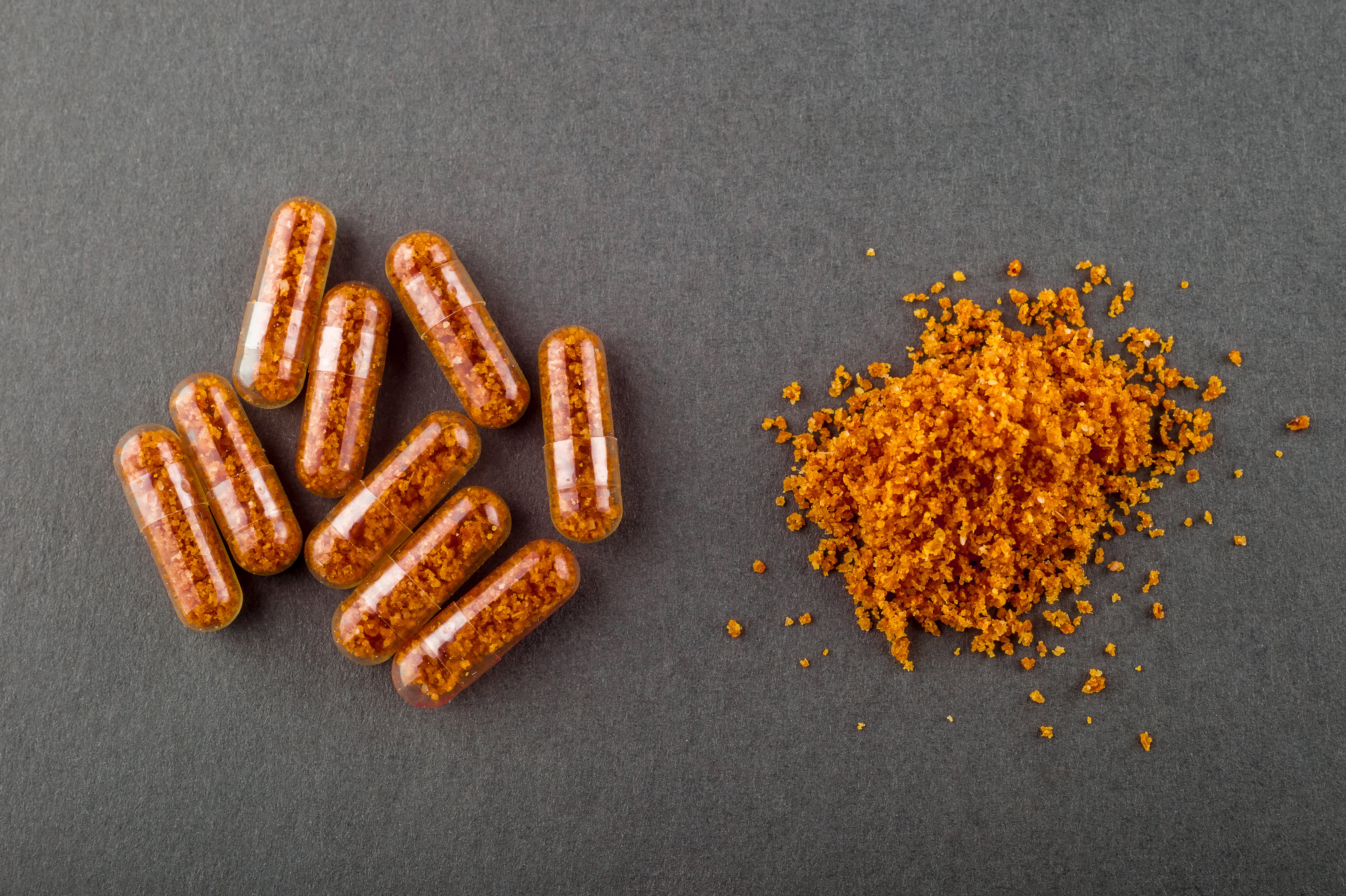


![[Survey] How Long Should You Date Before You Defecate?](http://hellotushy.com/cdn/shop/articles/how-long-should-you-date-before-you-defecate-hero.jpg?v=1611359305)


